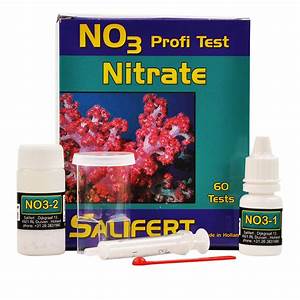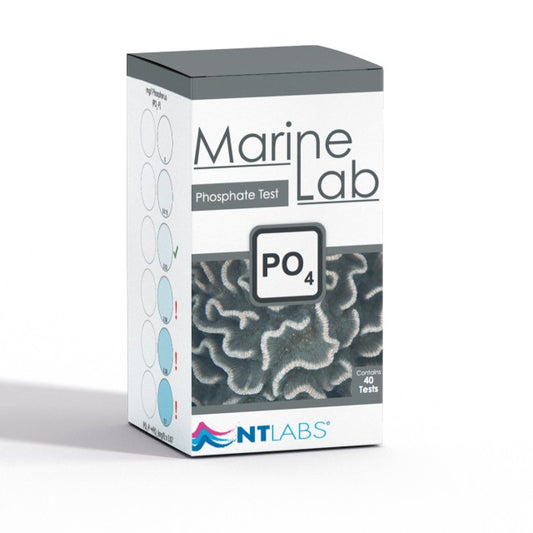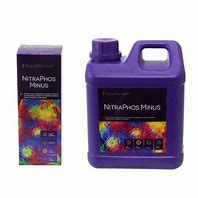If what you see in your saltwater aquarium is a green, feathery looking mass, it is probably green hair algae. Once green hair alga has a foothold in a saltwater aquarium, it can soon cover everything in your tank if prompt measures are not taken. The cure for green hair algae is the same as the prevention: starve it into oblivion. Green hair algae require not only light but also nitrate and phosphate to survive.
Nitrate can be introduced into an aquarium not only as the end product of the nitrogen cycling process (ammonia/nitrite/nitrate) but also via some brands of commercial sea salts and tap water. Phosphate (PO4) is a part of life on earth. Virtually every living thing contains some phosphate, and it can enter the tank in many ways. Fish and critter foods, tap water, and carbon are some of the phosphate generators in your tank.
What You'll Need to Test Your Tank
Test your tanks water for nitrate and phosphate:
If you have green hair algae in your tank, your phosphate is likely well above 0.05 mg/L, which is considered by many to be the lowest level at which green hair algae will grow. If you have green hair algae in your tank and your phosphate and nitrate tests read low or near zero, the algae in your tank could be eating and locking up the phosphate and nitrate so that they won't show up in a test.
How to Reduce Phosphate
The most common source of phosphate in an aquarium is from the freshwater used for top offs and water changes. In this case, doing water changes to reduce phosphate will only continue the problem unless the water source is changed. There are a few methods of reducing phosphate in your tank:
How to Reduce Nitrate
Nitrate will always be something to contend with in your tank. For fast, immediate reduction, you can do a water change, using the instant nitrate reduction method. This will reduce your nitrate at the fastest rate, using the least amount of time and water. This will also get your nitrate down to a workable (10 mg/L) level, but it is only a quick fix and does nothing to remove the source of the nitrate. Siphon out as much of the green hair algae as possible. You will probably find that you will have to use several other methods, many of which are part of a good aquarium maintenance routine to keep your nitrate in check.
- Use only RO or DI water whether you purchase an RO/DI unit or purchase RO/DI water from a commercial source.
- Purchase and use mangrove plants in your tank or sump.
- Check to see if your commercial sea salts contain high levels of ammonia/nitrogen.
- Purchase and use a good nitrate sponge.
- Do not overfeed your tank.
- Siphon uneaten food and other loose material (detritus) from the substrate.
- Perform periodic water changes.1
You might want to consider the long-term nitrate control method, which works to keep your nitrate near zero without any lengthy maintenance procedures. This method uses a specific bacteria, which reacts with the nitrate molecule and a carbon molecule, converting the nitrate into nitrogen gas, which is vented into the atmosphere. By reducing the nitrate and phosphate levels in your tank, your tank will soon be healthy and free of the green hair algae. Many of your tank occupants (corals and other invertebrates) will also benefit from the reduced levels.












